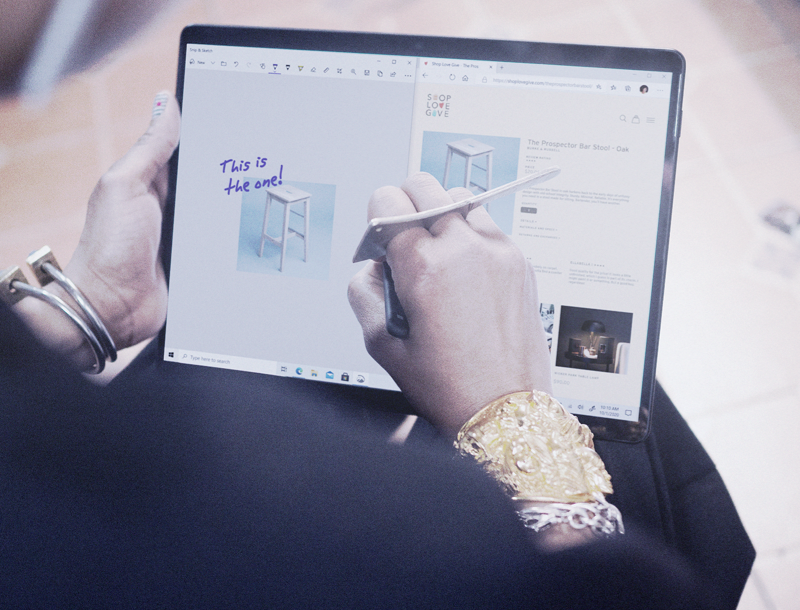For decades, businesses have been searching for methods to create products and services that will please the customers and outpower the competition. Combining different strategies and taking what's best from each one led to the creation of Experience Design. The ultimate goal of Experience Design is to create a user journey that is satisfying and positive from the beginning to the end.
So, what exactly is Experience Design? What are the benefits of embracing this business approach? Let’s find out.
Image source: Pexels
What is Experience Design?
Experience Design implies approaching product and service creation with a focus on the customer journey. That includes their interaction with the product, their needs, emotions, preferences, and more.
The word ''experience'' is key, as it uncovers the main principle of this approach- create the ultimate customer experience by learning from your and their previous experience.
So, what is Experience Design based on? There are several fundamental building blocks:
-
Understanding
To be able to apply this approach, you first need a deep understanding of your customers' needs and goals. This is the only way to offer a product or service that hits the bull's eye and creates a cohesive experience.
-
All-encompassing journey
Experience Design is about making the whole package exceptional. Every interaction and touchpoint that the customers go through needs to be designed to fit their preferences and make them happy.
-
Perfecting Interaction
Interaction design plays another important role in Experience Design. It focuses on making the interaction between customers and digital products seamless, intuitive, user-friendly, and stress-free.
-
Emotional Response
Experience Design closely follows the emotional response of customers using the product, including the level of satisfaction, connection to the product, emotional feedback, and more.
-
Aesthetics
Naturally, Experience Design takes the visual aspect of its products seriously. It relies heavily on the aesthetic element and the importance of choosing the right colors, fonts, layouts, images, and more.
How Does Experience Design Benefit You?
Yes, Experience Design is a lot of work and requires effort from different teams in the process of product or service creation. But is it worth it?
Let the benefits of embracing experience design speak for themselves.
-
Staying Competitive
To outpower your competitors, you need to walk that extra mile for your customers. Creating products using the experience design approach will give them a strong reason to choose you over the others.
-
Improving Customer Satisfaction
If you create a product based on customers’ needs and preferences, they’ll find it easy and satisfying to use.
-
Customer Retention
Experience Design helps you create positive and enjoyable interactions between the products and the customer. This positively influences customer retention and helps you build loyal customer relationships.
-
Building User Communities
When your customers feel appreciated and know that you're working to make the product better for them, they tend to get emotionally connected to the product. This leads to increased customer engagement and building strong user communities.
These communities are later used for collecting data, learning more about the customer journey, and further improving the product.
Experience Design: Final Thoughts
While embracing Experience Design is a complex task and a challenge for many businesses, it’s one of the best approaches to service and product design. It guarantees maximum user satisfaction and helps you launch products that are already perfected.
Consider this approach for your next business venture and give your customers all the reasons they need to love your brand, product, or service.

